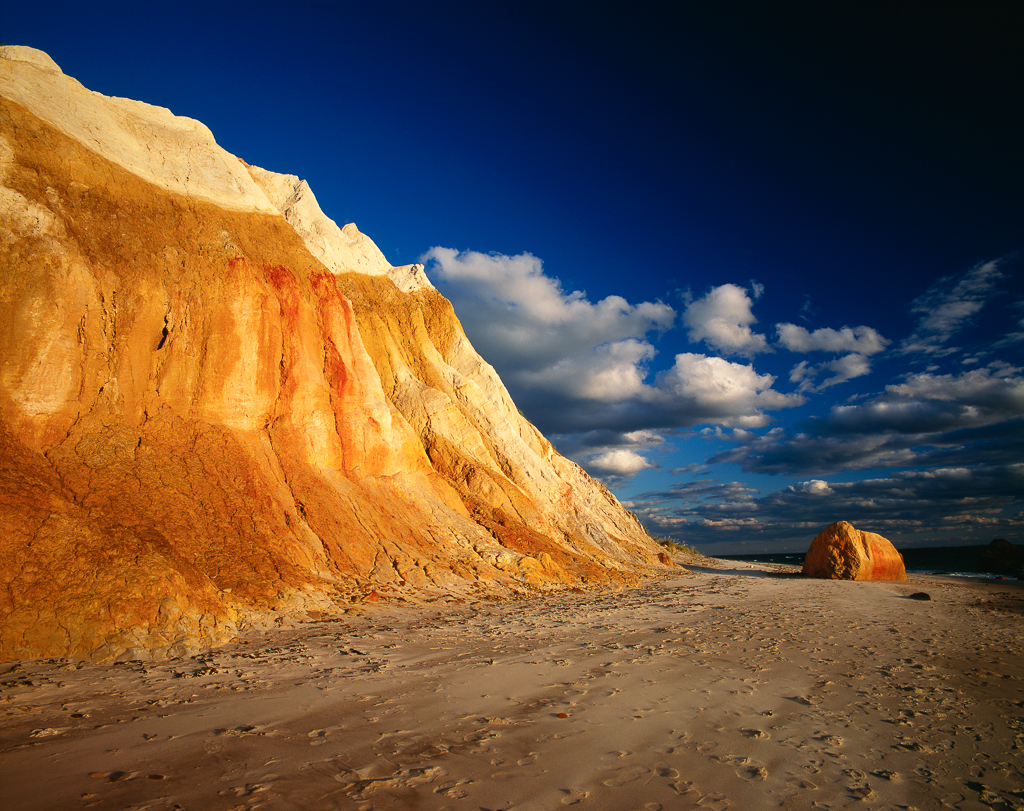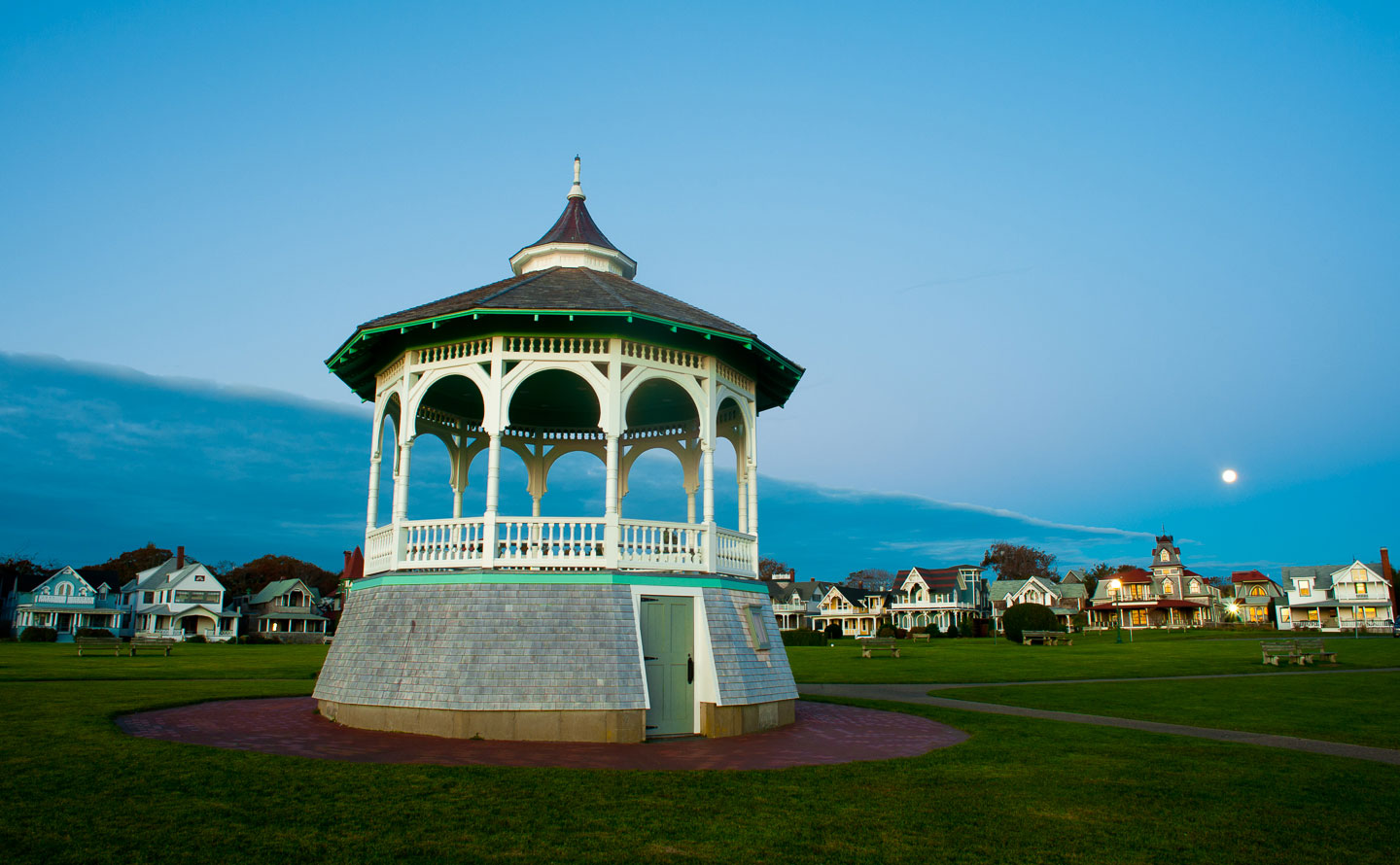When we think of the Vineyard’s place in the Age of Exploration, we think of Bartholomew Gosnold. This is as it should be. Gosnold and his men were the first Europeans to set foot on the Island, the first to survey its natural riches, and the first to signal its Wampanoag inhabitants that their world was about to change forever.
Gosnold, of course, gave the Island the distinctive name it still bears, Martha’s Vineyard, in acknowledgement of its then-abundant wild grapevines, and a woman whose identity we still do not know (and may never know) for sure. Romantics prefer the old story: that Martha was his beloved daughter, taken by a childhood illness and newly in her grave when Gosnold set sail. Pragmatists point, instead, to Martha Golding, his wife’s mother (for whom their daughter was named), who contributed some of her considerable wealth to the costs of the voyage.
Bartholomew Gosnold was not the first European explorer to pass this way, however, nor was he the first to sight the Island and give it a woman’s name. Eighty years before, Giovanni da Verrazzano caught sight of the place as he struggled to claw his way up Vineyard Sound in the teeth of a northeasterly gale. Thwarted by the “contrary wind,” he turned westward without putting boot to sand, but paused long enough to give the place a name: Luisa.
Verrazzano (1485-1528) was born in Florence, but when he surveyed the coast of North America in 1524, he sailed on behalf of Francis I, the aptly named King of France. Eager for a route to Asia that avoided waters dominated by the Spanish and Portuguese, Francis directed Verrazano to find one.
Reaching the waters off Cape Fear in early March, Verrazano turned north and spent the next four months probing large bays and inlets. He charted Pamlico Sound and the mouth of the Hudson River, Narragansett Bay and Cape Cod Bay: all impressive harbors, but none of them the headwaters of a sea route across North America to the Pacific. Undaunted, he worked his way along the coasts of Maine, southern Nova Scotia, and Newfoundland before turning his ship eastward — toward the rising sun and home — in mid-July.
The island he called Luisa — in honor of Francis’s mother — was, he noted in his account of the voyage, reminiscent of the Greek island of Rhodes. He marked it on his map as a rough triangle, and it remained a triangle on a map drawn slightly later by Gerhard Mercator, whose innovative projection made longitude lines straight, navigational calculations easy, and land masses weirdly distorted. Later mapmakers who borrowed (or stole) from Mercator carried the island down to Gosnold’s day.
But which island? Twentieth century scholars have variously identified it as Nantucket, Block Island, Fisher’s Island, and Montauk Point (mistaken for an island), with Block Island being the most popular. There are, however, three strong reasons to believe that what Verrazano dubbed Luisa was the Vineyard.
The first, and most obvious, is shape: The Vineyard’s triangular look is iconic, while Block Island becomes triangular only with considerable squinting. The second is size. Rhodes, which Verrazano knew well from voyages in the Mediterranean, is five times larger than the Vineyard (100 square miles), but fifty times larger than Block Island (10 square miles).
Finally, there is the matter of distance. Verrazano recorded his travels in leagues, a unit of length that came, like today’s “nautical” and “statute” miles, in multiple versions. If he was using the “French maritime league” — which, sailing for France, he had every reason to — then the distance he recorded between New York Harbor and Luisa puts it right where the Vineyard lies, and the 15 leagues between Luisa and the harbor where he sought shelter would have taken him to the mouth of Narragansett Bay.
Luisa’s moment in the cartographic sun was short-lived. Mercator labeled the little triangular island Claudia, the name of Francis I’s wife rather than his mother. Historians with a practical turn of mind suspect a clerical error, but as with Martha, those with a romantic streak have an alternative.
Claudia died — like Gosnold’s daughter, too young — soon after Verrazzano’s return. Perhaps Luisa, in mourning, asked that the honor lately given her be transferred instead to her late daughter-in-law. If so, it was a gracious gesture … just what you’d expect of a woman worthy of having an island named after her.
- Author Bowdoin Van Riper is research librarian at the Martha’s Vineyard Museum.




